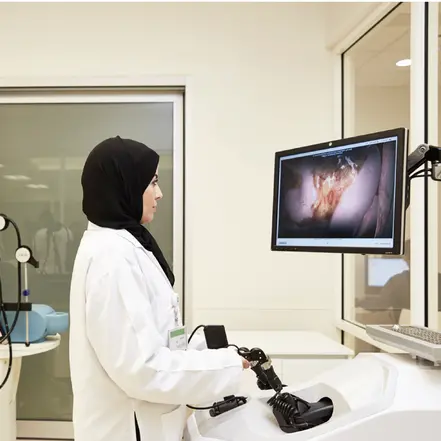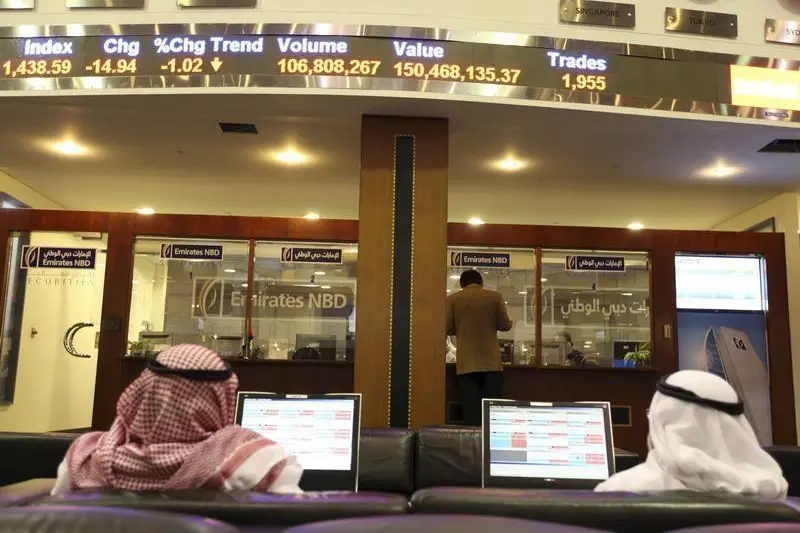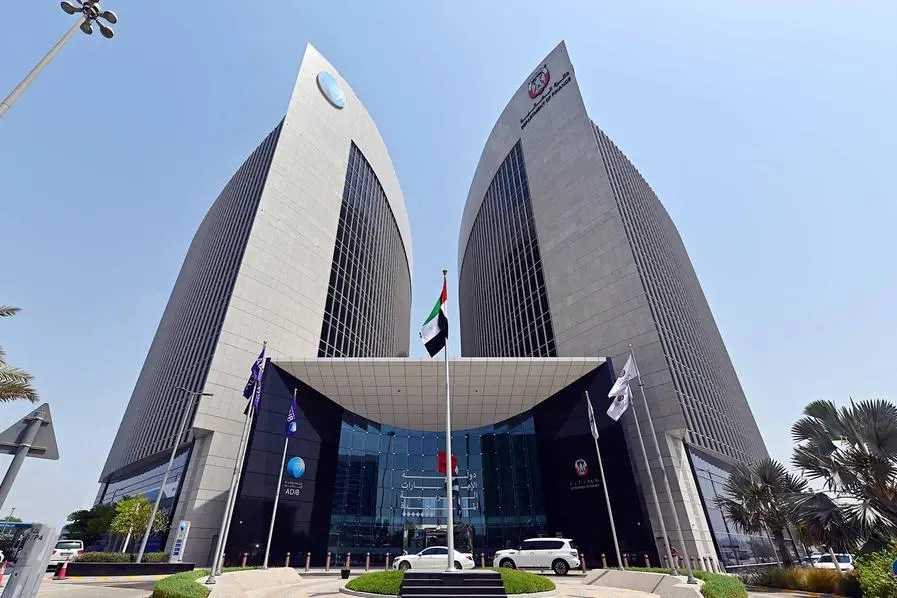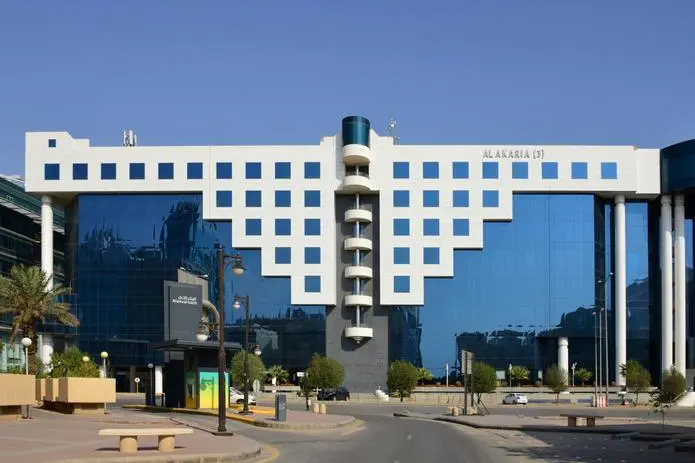PHOTO
Pilgrims gather at the Grand Mosque, ahead of the annual haj pilgrimage, in Mecca, Saudi Arabia, June 9, 2024. REUTERS/Mohammed Torokman
MAKKAH — A recent study confirmed the effectiveness of the preventive measures taken by the government of Saudi Arabia in reducing the health risks of Hajj pilgrims associated with high temperatures during their performance of the pilgrimage rituals.
The study, which was headed by the Research and Innovation Center at King Faisal Specialist Hospital and Research Center, showed that despite the rise in temperatures in Makkah at a rate of 0.4 degrees Celsius per decade, heat stroke cases witnessed a decrease of 74.6 percent, and the death rate decreased by 47.6 percent, thanks to the preventive measures that contributed to enhancing the pilgrim’s experience and providing a healthy and safe environment for performing the rituals.
The study, which was published in the Journal of Travel Medicine, aims to examine the relationship between the increase in ambient temperatures during the Hajj season and the rates of infection with health risks associated with it over the past 40 years, and the effectiveness of preventive measures in mitigating its repercussions on the health of pilgrims.
The study reached its results by analyzing records of four decades of meteorological data, rates of sunstroke, and heat exhaustion during the Hajj season in Makkah.
According to the study, the measures taken by the Kingdom at the individual and societal levels to mitigate heat-related health risks for pilgrims during the Hajj season include the use of mist fans and water mist columns to cool the air in open spaces and reduce the heat on crowds of pilgrims, distributing water and umbrellas, and providing air-conditioned means of transportation, including the operation of the Mashair Train since 2010 to provide comfortable transportation for pilgrims.
Among the measures taken also included enhancing the awareness of pilgrims and health care providers about heat-related illnesses, ensuring access to free healthcare services in Hajj, and improving case monitoring and management. This includes implementing the heat-related illness management guidelines developed by the Saudi Ministry of Health, which include, implementing specific procedures before and after hospital admission, allowing rapid identification and management of heat-related cases during the Hajj season.
According to the study, the results are not limited to the local scale, but can be generalized to the world’s population, given the uniqueness of Hajj that makes it a unique microcosm for studying heat-related risks, as it attracts millions of pilgrims from more than 180 countries to perform rituals in a high-temperature desert environment in most days of the year. Hence, the study holds enormous scientific value for planning and improving the response to the increasing temperature rise around the world.
© Copyright 2022 The Saudi Gazette. All Rights Reserved. Provided by SyndiGate Media Inc. (Syndigate.info).























